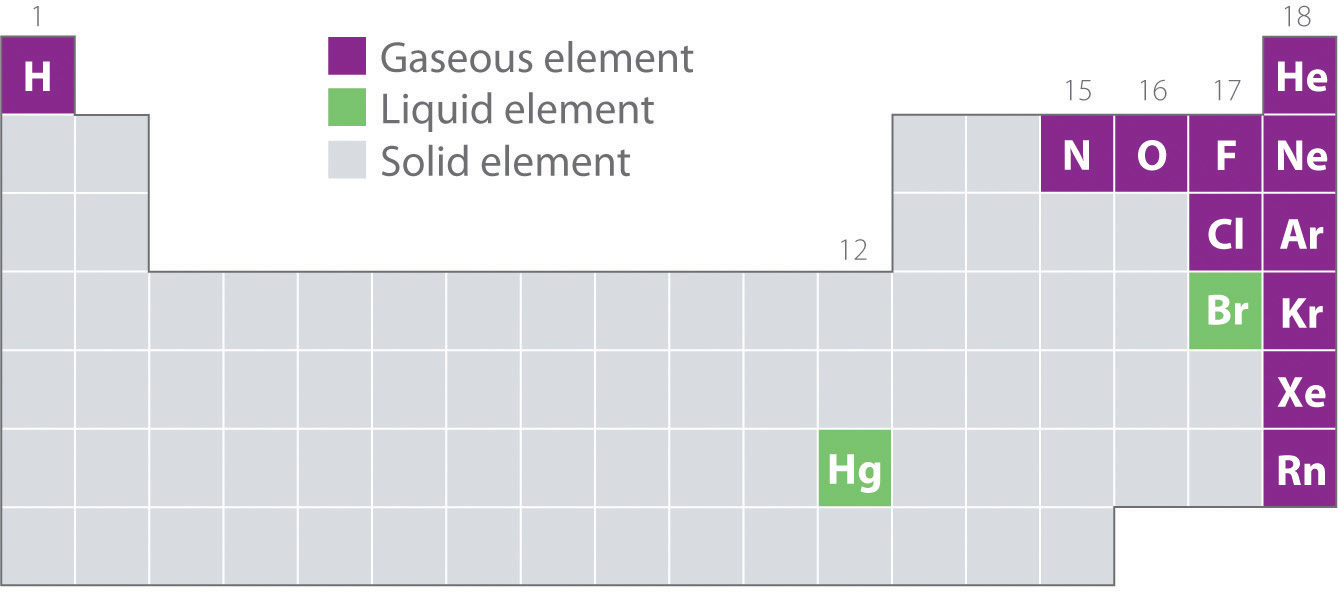Post by 1dave on Apr 13, 2017 11:09:42 GMT -5
Dikes and Sills

1. Heat and Pressure can force magma into fractures in "solid" rock.
Dikes cut across across preexisting rocks. Sills are fed by dikes and squeeze between existing layers of rocks. The rocks must be brittle and fracture to create the planes along which the magma intrudes the parent rock bodies.
Sills can be confused with solidified lava flows; however, there are several differences between them. Intruded sills will show partial melting and incorporation on both contact surfaces of the country rock into which the sill has intruded, so evidence of heating will be observed (contact metamorphism). Lava flows will show this evidence only on the lower side of the flow. In addition, lava flows will typically show evidence of vesicles (bubbles) where gases escaped into the atmosphere. Because sills generally form at shallow depths (up to many kilometers) below the surface, the pressure of overlying rock prevents this from happening much, if at all. Lava flows will also typically show evidence of weathering on their upper surface, whereas sills, if still covered by country rock, typically do not.

Image from Melosh - p88
2. Large impacts can bounce sedimentary layers apart and inject material into the space.
Impact Debris Sills (still ignored by most geologists) are a variety of sills that often contain important ore deposits. Precambrian examples include the Bushveld, Insizwa and the Great Dyke complexes of southern Africa, the Duluth intrusive complex of the Superior District, and the Stillwater igneous complex of the United States. Phanerozoic examples are usually smaller and include the Rùm peridotite complex of Scotland and the Skaergaard igneous complex of east Greenland. These intrusions often contain concentrations of gold, platinum, chromium and other rare elements.

3. Water, Silica, Mercury, sulfur, fluorine and chlorine readily attach to important elements and transport them through veins to create valuable mineral deposits.
4. Water as rain, waves, etc. move huge amounts of materials
5. Wind, though less powerful than water, still has transported huge volumes of material.
6. Floating Continents are an enigmatic shell game.

1. Heat and Pressure can force magma into fractures in "solid" rock.
Dikes cut across across preexisting rocks. Sills are fed by dikes and squeeze between existing layers of rocks. The rocks must be brittle and fracture to create the planes along which the magma intrudes the parent rock bodies.
Sills can be confused with solidified lava flows; however, there are several differences between them. Intruded sills will show partial melting and incorporation on both contact surfaces of the country rock into which the sill has intruded, so evidence of heating will be observed (contact metamorphism). Lava flows will show this evidence only on the lower side of the flow. In addition, lava flows will typically show evidence of vesicles (bubbles) where gases escaped into the atmosphere. Because sills generally form at shallow depths (up to many kilometers) below the surface, the pressure of overlying rock prevents this from happening much, if at all. Lava flows will also typically show evidence of weathering on their upper surface, whereas sills, if still covered by country rock, typically do not.

Image from Melosh - p88
2. Large impacts can bounce sedimentary layers apart and inject material into the space.
Impact Debris Sills (still ignored by most geologists) are a variety of sills that often contain important ore deposits. Precambrian examples include the Bushveld, Insizwa and the Great Dyke complexes of southern Africa, the Duluth intrusive complex of the Superior District, and the Stillwater igneous complex of the United States. Phanerozoic examples are usually smaller and include the Rùm peridotite complex of Scotland and the Skaergaard igneous complex of east Greenland. These intrusions often contain concentrations of gold, platinum, chromium and other rare elements.

3. Water, Silica, Mercury, sulfur, fluorine and chlorine readily attach to important elements and transport them through veins to create valuable mineral deposits.
4. Water as rain, waves, etc. move huge amounts of materials
5. Wind, though less powerful than water, still has transported huge volumes of material.
6. Floating Continents are an enigmatic shell game.











